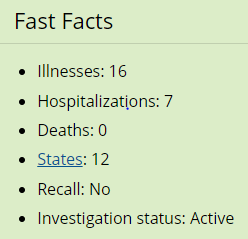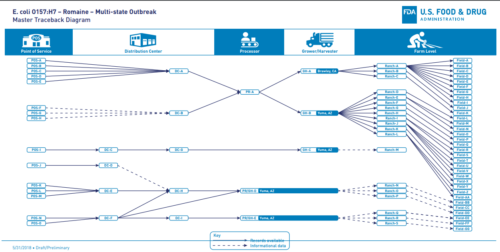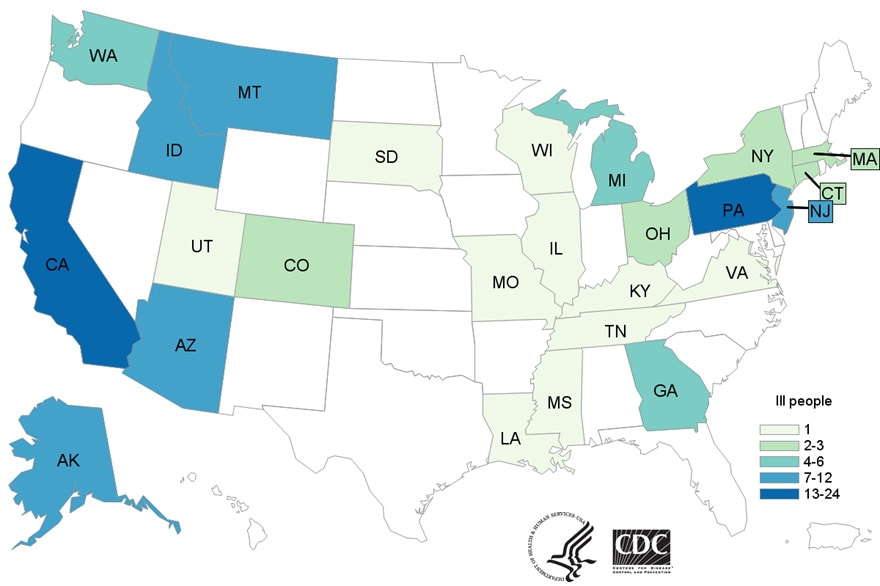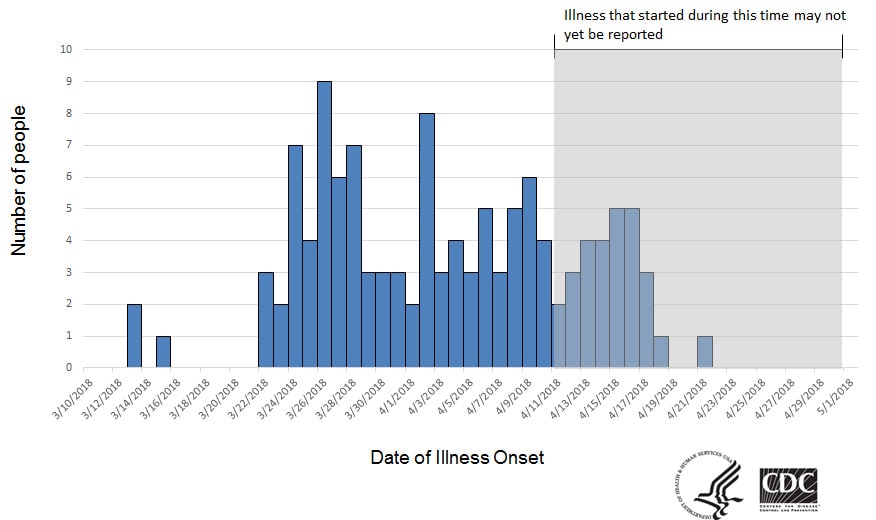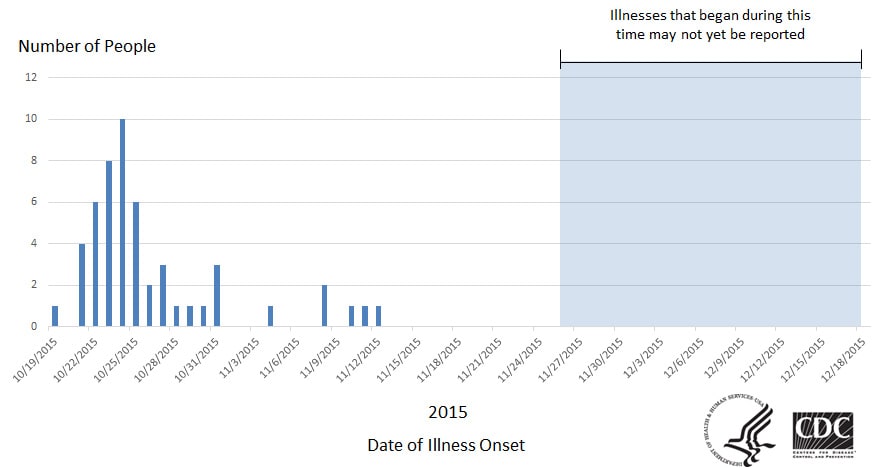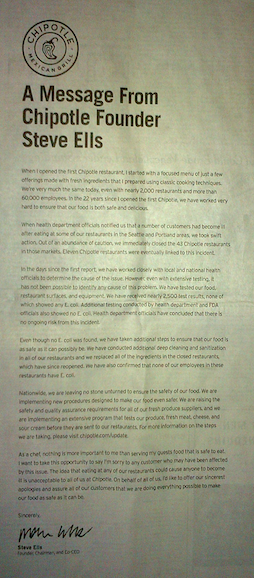Another food safety hazard: cake mix
The CDC is investigating an outbreak of illnesses from toxic E. coli most likely caught from commercial cake mix, of all things.
State and local public health officials are interviewing people about the foods they ate in the week before they got sick. Of the eight people interviewed, six (75%) reported tasting or eating raw batter made with a cake mix. People reported buying different varieties and brands of cake mix.
Even so, the cases are related.
DNA fingerprinting is performed on bacteria using a method called whole genome sequencing (WGS). WGS showed that bacteria from sick people’s samples are closely related genetically. This means that people in this outbreak likely got sick from the same food.
FDA is conducting a traceback investigation using purchase records from locations where sick people bought cake mix to try to determine a common cake mix brand or production facility.
I’m guessing that the source of the E. coli is contaminated flour.
This is not the first time that eating raw cake mix has caused illness.
As Food Safety News reports, another cake mix episode occurred in 2018, but that time it was from Salmonella (maybe from eggs?).
It also reports previous incidents with raw flour.
Raw flour and other ingredients can be individually contaminated and then cross-contaminate the entire mix.
Raw flour has caused two outbreaks in recent years, one in 2016 and another in 2019.
About 100 people are known to have been sickened with E. coli from eating raw flour.
I’ve posted previously about safety problems with General Mills flour.
And in 2009, there were E. coli problems with raw cookie dough; but then it was hard then to figure out whether the cause was eggs or flour.
Now, the FDA is testing cake mixes to try to identify a common source.
While all this is going on, the CDC advises:
Eating raw cake batter can make you sick. Raw cake batter can contain harmful germs like E. coli. Germs are killed only when raw batter is baked or cooked. Follow safe food handling practices when you are baking and cooking with cake mixes, flour, and other raw ingredients:
Good advice, and easier to follow with cake mixes than with cookie dough, alas.

